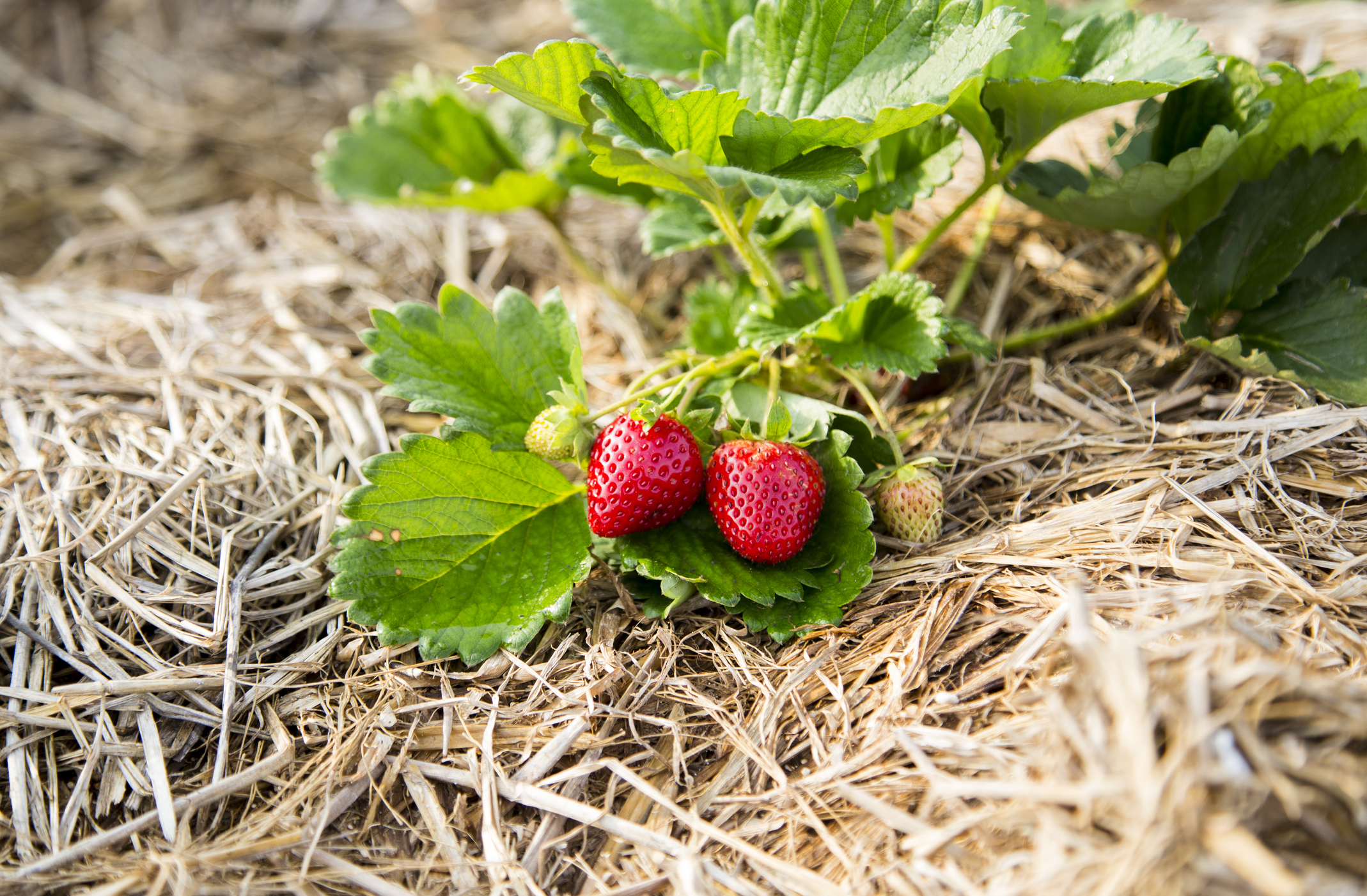
Produce 101: Berries
For this episode of Produce 101: Berries, we are going to focus on these four.
There are hundreds of berry varieties grown around the world, and they are also are some of the most nutritious foods you can eat. The most commonly used are the four we will be discussing: strawberries, raspberries, blackberries and blueberries. These berries are very different in terms of appearance and flavor, but similar with regards to storage and handling.
Strawberries, raspberries, blackberries, and blueberries do have USDA Specs. All have USDA #1 grades based on maturity and physical appearance of the berries, and there is also a USDA #2 grade for all berries except for blueberries.

Produce 101: Berries — Proper Storage and Handling
Berries are fragile and delicate. Handling them improperly can adversely affect your food cost. Here are some suggestions on what to do.
Storage
Most importantly, keep your berries in the coolest part of your cooler. Don’t get them too cold, let’s not freeze them–that will cause the cell structure to collapse and the berries will become better suited for cooking applications.
Ideal storage temperatures for your cooler are 32 – 40 degrees F.

Handling
Only wash berries prior to using them. Don’t let them sit in your walk-in wet as this will accelerate the decaying process. Most importantly, don’t stack heavy items on top of them, and certainly don’t drop them. They are incredibly susceptible to bruising.
While the bruising may not affect the flavor or the overall quality of the berry, it will certainly affect the shelf-life–and that will affect your food cost.

Produce 101: Berries — Strawberries
Let’s start with strawberries. First, have you ever wondered where strawberries got their name? Well, back in the old days they used to actually grow the strawberries on beds of straw. It protected the delicate berries as they matured.

What we want to look for is a firm, fully colored, and almost heart-shaped berry. This indicates that it was allowed to stay on the vine and fully mature. It is normal to have some white on the shoulder near the stem but what we want to avoid is an excess of white or yellow coloring. Excessive white or green coloring on the fruit, especially near the stem end, is a sure sign the berries didn’t stay on their plant as long as they could have. While they are certainly still edible and often times delicious, the overall sugar content may be lower. Something to know, sometimes immature strawberries are specifically used in pickling applications.
You want to look in each container–you want to make sure that the berries are not breaking down and that they’re not sitting in moisture.
Produce 101: Berries — Blackberries
Blackberries, like all berries, are loaded with antioxidants. Look for firm, consistently dark colored berries. There may be one or two in the clamshell, but overall, you want to avoid berries that still have a little flower attached to the stem or any green casting to them.

Produce 101: Berries — Raspberries
Raspberries may be the most delicate of all the berries. They are also the hardest to grow, pick, and even cultivate. You want to keep these especially dry. You want to open each container and make sure there is no moisture or smashed berries. That will accelerate decay and decline the shelf-life of your product, and that will certainly affect your food cost adversely.

Produce 101: Berries — Blueberries
With blueberries, you are looking for large, plump berries. They also have one more factor to look for, the bloom. Bloom is a natural waxy secretion made during the maturation process, appearing as a slightly hazy coating on the blueberries. Don’t wash that off–the bloom is a good thing, as it indicates the berries are fully mature and will hold up better because that is the main function of the surface bloom. It protects the berries from dehydration and decay.

Berries are sensitive to weather conditions
Blackberries, blueberries, raspberries, and strawberries are available year-round, but their delicate nature makes them sensitive to weather patterns. To stay on top of the latest market conditions, we suggest you consult our weekly FreshPress market report.
Dan discusses Produce 101: Berries
Contact your Sales Consultant about adding berries to your next order. If you are not a customer, find out how to become one today!
Content provided by Chef Daniel Snowden, the Director of Culinary Development for FreshPoint Central Florida. He has been in the produce industry almost 20 years, and loves getting geeky about food. Additional contributions by Lisa Brizard.
Some tools you can use:
Visit freshpoint.com for our seasonal availability guides—and while you are there, check out the FreshPress, our latest market report. Place your orders online with ease at myfreshpoint.com. Did you know you can receive real-time reliable delivery alerts on the day of your delivery? Activate and subscribe at FreshPoint.com/mydelivery
Download our app and take your produce management on the go. Place orders, review flyers, watch videos…all in one spot!
Find out more details about our UBU program, and how we are shining a spotlight on food waste while making value and food safety a priority.
We buy local to strengthen regional economies, support family farms, preserve the local landscape, and to provide fresh-from-the-farm food to our customers. Local.freshpoint.com connects you to your local farmers like never before! Customize your search by zip, city, state, radius…even by crops and growing methods. Pop in your zip code and learn about our local farmers.
Socialize with us!
Did you know we are on YouTube? Head over to our page and check out our 75+ videos. Don’t forget to subscribe, and also be a part of our Bell Team—hit the little bell icon to get notifications when we upload new videos.
Follow FreshPoint, Inc. on Facebook, Twitter, Instagram, and LinkedIn…and follow The Produce Hunter on Instagram as she finds the best specialty produce at the Santa Monica Farmers Market.

